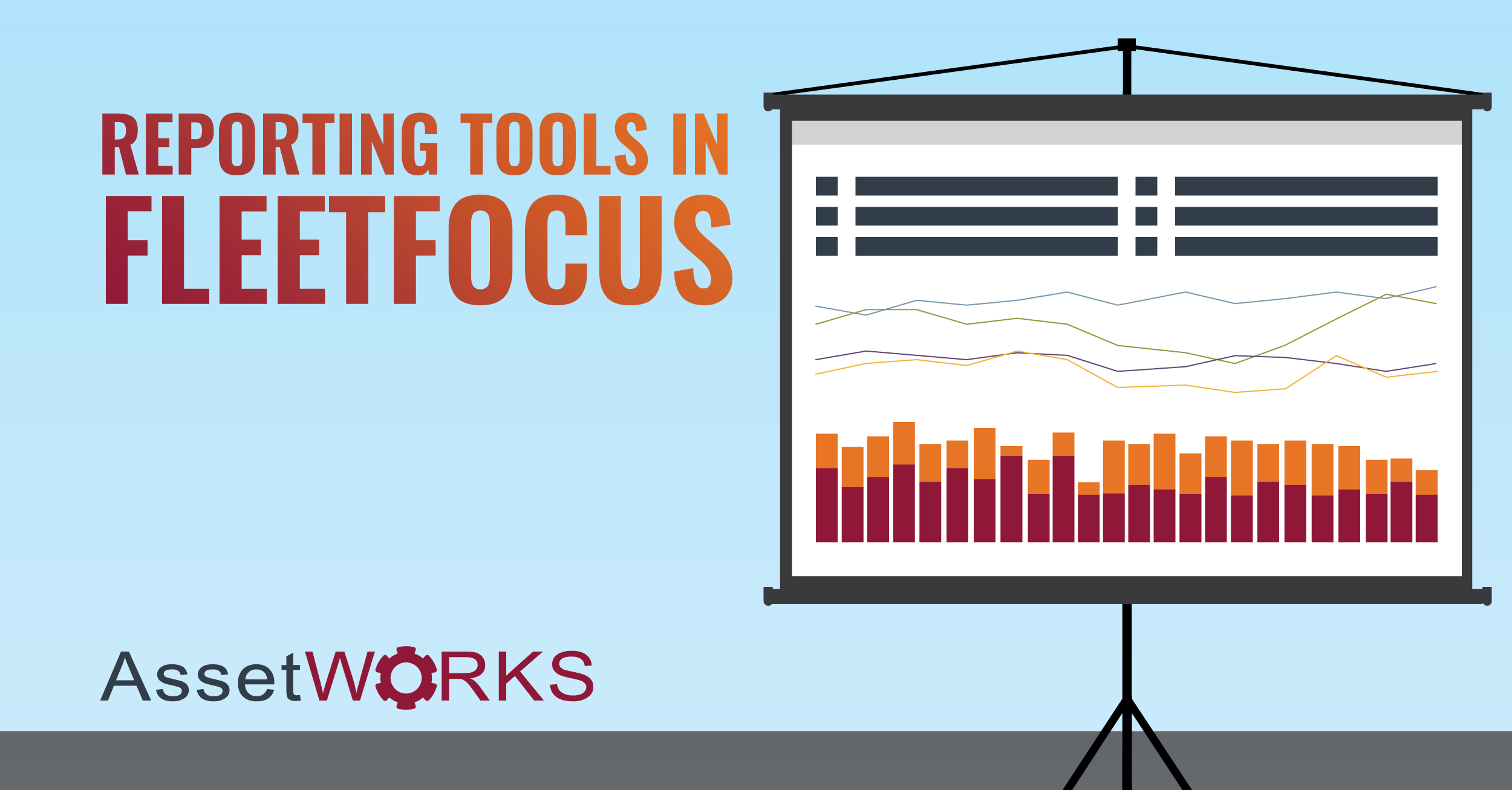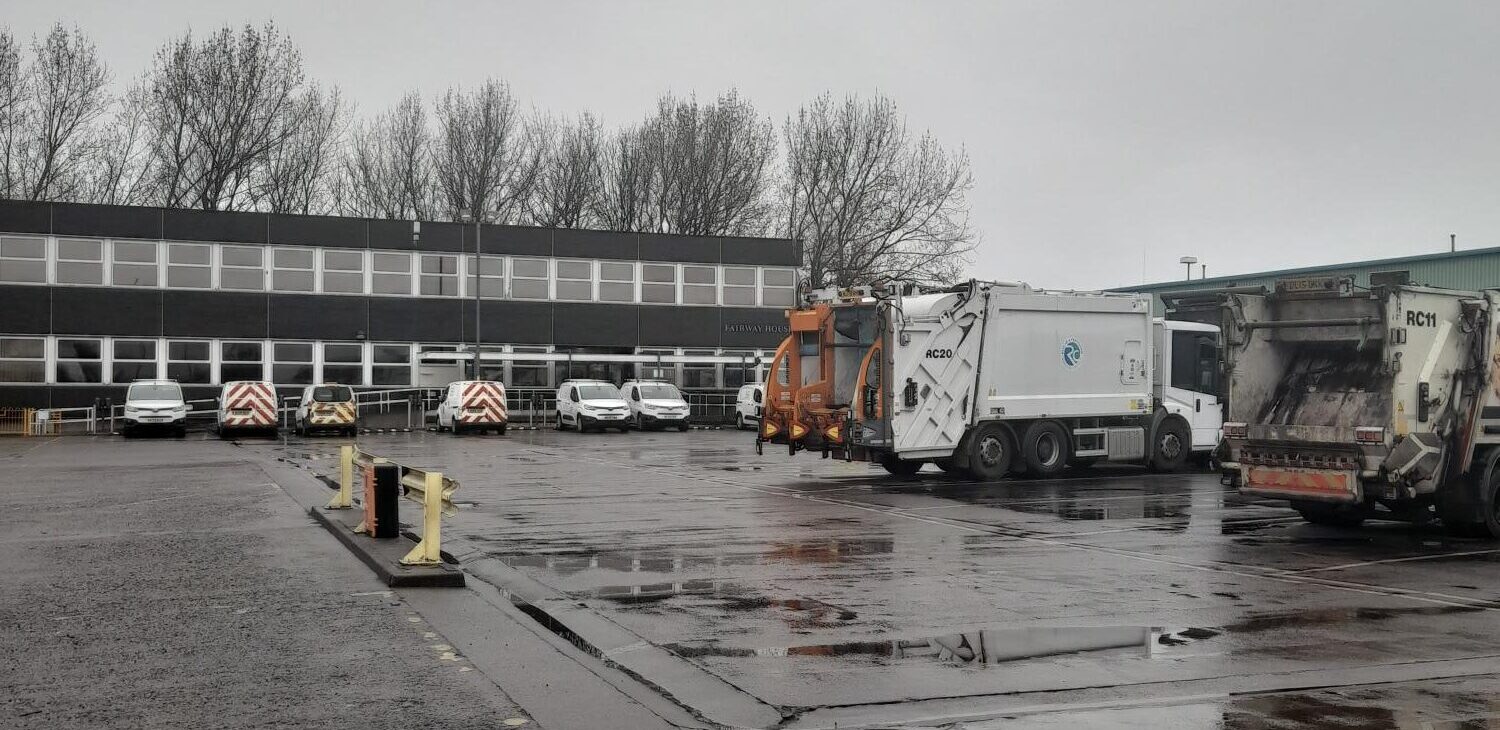How The State of Utah Fleet Division Takes Action to Reduce Fuel Usage and Carbon Emissions
Blessed with an abundance of natural resources including coal, minerals and oil, the State of Utah understands the vital importance of resource management. Because of this, the state’s leadership aims to lead the nation in the development of both traditional and renewable energy. Additionally, the state recognises that energy efficiency and conservation are critical components of the state’s overall energy priorities.
In 2006, then Governor Jon Huntsman, Jr. announced an ambitious goal of increasing the state’s overall energy efficiency by 20% by the year 2015. The state’s energy policy calls for adequate, reliable, affordable, sustainable, and clean energy resources for the citizens Utah.
This goal, and its resulting policies, had dramatic implications for all the state agencies, especially its major energy consumers; the Division of Fleet Operations. Fleet Operations is charged with handling State vehicle acquisition, repair, preventive maintenance, surplus, and fueling for those vehicles, as well as offering a daily rental option for state employees needing to complete official state business. Fleet Operations provides support for over sixty agencies including the Department of Transportation, Department of Corrections, the National Guard and all of Utah’s state universities and colleges, totaling some 7,500 vehicles.
In 2007, the Utah State Legislature passed House Bill 110 titled “State Fleet Efficiency Requirements” which covers a three-fold objective from the Governor and Legislature:
- Reduce fleet costs or increase energy efficiency
- Improve air quality in Utah by decreasing the carbon output from the state vehicles
- Contribute to a general decreased United States dependency on foreign oil
The State of Utah has been a customer of AssetWorks (formerly MAXIMUS) for ten years, using the FleetFocus asset and maintenance management software application to manage its entire fleet of vehicles and equipment state wide. FleetFocus is the comprehensive maintenance management system that tracks all functions related to the maintenance of vehicle equipment, including repair and preventive maintenance (PM), work orders, parts inventory and procurement, motor pool and tracking all operating expenses such as fuel and oil, and billing for equipment usage. The state fleet in Utah uses FleetFocus to track and store all fleet data, whether the vehicle is maintained by one of the many state maintenance facilities or by an outsourced garage. This has allowed Fleet Operations to maintain easy access to vast amounts of historical data about their fleet.
"Having a fleet information system like FleetFocus has been instrumental in the success we have made towards increasing energy efficiency and reducing costs in the State of Utah fleet."
Sam Lee
Using FleetFocus’ extensive reporting capabilities, assistant Fleet Manager Scott Bingham studied fleet costs dating back to 2004 including depreciation, maintenance costs, repair costs and warranty coverage. This study revealed that the state could reduce fleet costs through an extension of the vehicle’s life cycle. This is expected to result in an annual savings of $1.8 million.
“This significant change in fleet management relies on data. You must have data for the ability to make decisions as large as this,” commented Bingham. “We have not adversely changed our repair and maintenance costs, we have saved the taxpayer large amounts of money.”
Reducing the Fleets’ Carbon Footprint and Environmental Impact
The State of Utah has been able to report positive results from their efforts starting in 2007. Fleet Operations has been able to report outstanding results from this initiative, including:
- Total number of miles driven by the fleet decreased by nearly 3.5%
- The total amount of fuel required by the fleet decreased by almost 3%
- CO2 reduction of 3,700 metric tons, equal to 672 vehicles off the road
Utah’s goal to increase energy efficiency by 20% is about more than just saving money; it is about a positive impact on the environment. The State of Utah is clearly leading the way for other states in cost savings, fuel efficiency and the reduction of their carbon footprint.
However, back in the ‘90s, San Diego County needed to merge two separate fleet operations and migrate from a mainframe application to a client-server, all while being challenged to be competitive when compared to the private sector. These unique challenges led the County to seek bids for a new fleet management information system that could address all issues.
Results
To begin the process of achieving the Governor’s 2015 goal, Fleet Operations established a baseline of data by pulling historical data from the FleetFocus database. Each agency with fleet vehicles was tasked with coming up with a plan to reduce:
- Miles driven
- Number of vehicles
- Size of vehicles
FleetFocus provides robust tracking and reporting tools that allow the State of Utah fleet staff to accurately track this data. The program is designed to make data entry simple and efficient, so that the information going in to the system is timely and precise. This ensures that pulling information out of the system for reporting and trending is accurate and efficient.
Reports and data were merely the beginning of the process for the fleet to meet Governor Huntsman’s goals. The information collected gave fleet managers a snapshot of where they were and where they needed to go. In order to successfully reduce energy consumption by 20%, Fleet Operations needed to take measurable action.
Although each individual agency is tasked with establishing and meeting its own goals, there are several general areas throughout all state agencies where improvements are being made:
Driver Behaviour Improvement – The state has invested time in training and policies to help reduce engine idle time, miles driven and driver behaviour, such as conscientious driving and refueling with regular octane gasoline. Although many of these changes are small, they can have a significant impact when implemented throughout the entire state.
Vehicle Right-Sizing: The Right Vehicle for the Job – FleetFocus gives the State of Utah the ability to analyse vehicle usage by agency and vehicle class. The State of Utah has made it a priority that each agency purchase and use the proper vehicle for the job. This means that each agency must justify the decision to purchase any vehicle larger than a compact sedan. This ensures that the right vehicle is being used for the job and reduces unnecessary fuel consumption. Fleet Operations streamlined this justification process by providing a simple web form to all of the agencies. In the first year of the program, the State of Utah has seen 116 vehicles right-sized to smaller, more fuel efficient vehicles.
Fleet Right-Sizing – Fleet Operations can track vehicle usage using FleetFocus and thresholds can be set to determine when a vehicle is not being adequately used by a department or agency. In many cases, eliminating the vehicle from the fleet can provide a substantial cost savings to the state; however the agency will still have a need for transportation. In cases such as this, Fleet Operations is providing other options for agencies such as the state motor pool (utilising FleetFocus’ robust motor pool functionality) or a rental car through a state contract with a commercial rental car company.
Incorporating New Vehicle and Fuel Technologies – Fleet Operations has increased the number of hybrid vehicles in the fleet which has helped increase overall fuel efficiency. The State now owns 87 hybrid vehicles including compact cars, midsize cars and a handful of SUVs. As time progresses, FleetFocus will track maintenance costs of these hybrids compared to standard fleet vehicles so that Fleet Operations will be able assess the true cost of ownership.
In addition to hybrid gas-electric vehicles, the State of Utah is also positioned to take advantage of alternative fuel technologies. Utah has one of the best CNG infrastructures in the nation and some of the lowest CNG prices. The state will be purchasing CNG vehicles, as well as converting up to 25 other vehicles to run on CNG. With gasoline prices constantly fluctuating and usually rising, the State expects to see a return on their investment within a few years.
Using Data to “Stay in the Know” – Using FleetFocus, Fleet Operations is able to constantly monitor a number of variables affecting the fleet, such as miles-per-gallon, and vehicle utilisation to ensure that the fleet is running efficiently. Data is generated monthly and a quarterly report of each division’s fleet is analyzed to understand trends.
Sharing Information with Stakeholders – Fleet Operations shares each agency’s goals and quarterly fleet usage reports with the stakeholders via their own secure website. This adds a layer of transparency and accountability to help keep everyone on track. In addition, Fleet Operations also publishes a list of fuel savings tips on its public website so both the agencies and the general public can improve their driving and fuel consumption habits.
Deputy Director Sam Lee understands the benefit of having a technology partner to achieve these broad goals. “Having a fleet information system like FleetFocus has been instrumental in the success we have made towards increasing energy efficiency and reducing costs in the State of Utah fleet”












